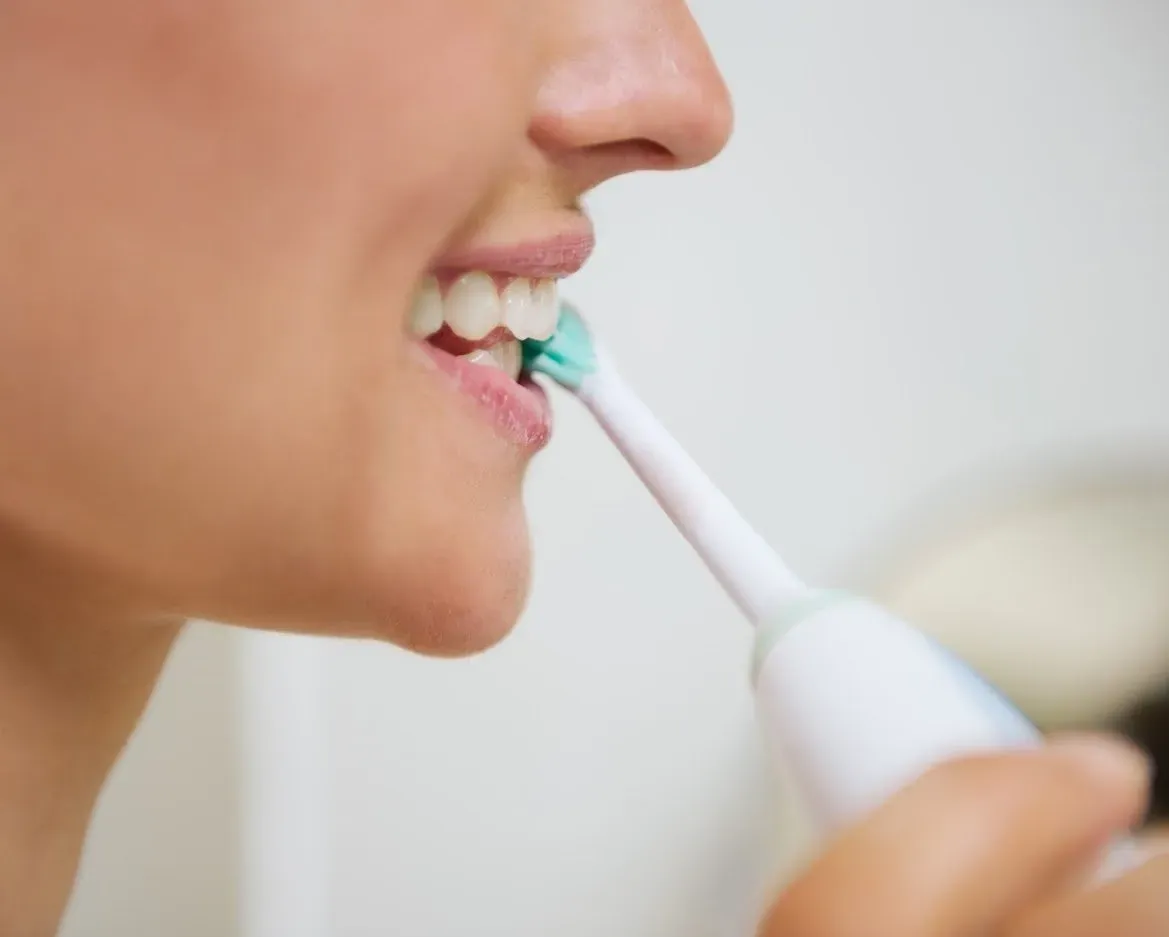4 Flossing Hints That Tell You to See Your Dentist

It's important to include flossing in your daily toothbrushing routine. Floss helps you clean parts of your teeth and gums that a brush can't always reach; it removes food particles and plaque from between the teeth.
As well as improving your dental health, floss is sometimes a useful diagnostic tool. It can tell you that you might have a problem with your teeth or gums that your dentist needs to investigate. As you floss, what signs should you look out for?
1. Bleeding when you floss
When you floss, the string moves down through the gap between two teeth until it reaches the gum. In some cases, this contact makes the gum bleed.
This bleeding isn't necessarily a sign of anything serious. Gums sometimes bleed if you haven't flossed for a while. Minor irritations or inflammation can also make gums bleed for a day or two. Typically, you can fix these problems with a few days of solid brushing and flossing.
However, if your gums continue to bleed during flossing for more than a day or two or if you have bleeding across a wide area, then you could have a more serious problem such as early gum disease, known as gingivitis. If you have gingivitis, then your gums become red, swollen and tender. They bleed more easily and, if you don't have treatment, then the bleeding is a constant when you brush and floss.
2. Shredded floss
Floss should glide smoothly between teeth. However, sometimes, this process doesn't work. For example, you might feel that floss sticks between two teeth. When you take it out, you can see shredding on its strands.
If your floss comes out damaged, then it is probably catching on something between the teeth. You might have a chip or crack on a tooth or on the edge of an old filling. Or, the floss might be catching on a broken crown or even just a piece of tartar.
3. Tooth pain when you floss
Flossing shouldn't hurt. However, if you have a twinge of pain in a tooth after you floss around it, then you could have a problem. You probably don't need to worry if this just happens once, but if it happens every time you floss that tooth, then it is a concern.
You could have an area of decay in the edge of the tooth. As the floss slides along this side, it rubs along the decay. Or, you might have a loose filling. The floss could move the filling so that it puts pressure on the tooth. Either of these problems can make a tooth painful for a while.
4. A bad smell or taste when you floss
Sometimes, if you haven't flossed for a few days, then you notice a bad smell or even taste coming from a tooth or teeth when you start again. If you smell the floss itself, it may smell.
If you've not flossed for a while, then this smell or taste is likely to just be old food particles that have rotted down. However, if you floss every day, then you shouldn't notice this level of smell or taste. You don't leave particles between your teeth long enough for them to start breaking down.
A regular bad smell or taste after flossing could indicate that you have a dental problem, especially if you've noticed that your breath smells less than pleasant at other times. For example, you could have hidden decay on a tooth or problems with your gums.
If you've noticed any of these issues when you floss or if you have any other concerns, then make an appointment to see a Runcorn Dental dentist today. We can check out the problem and fix it.










